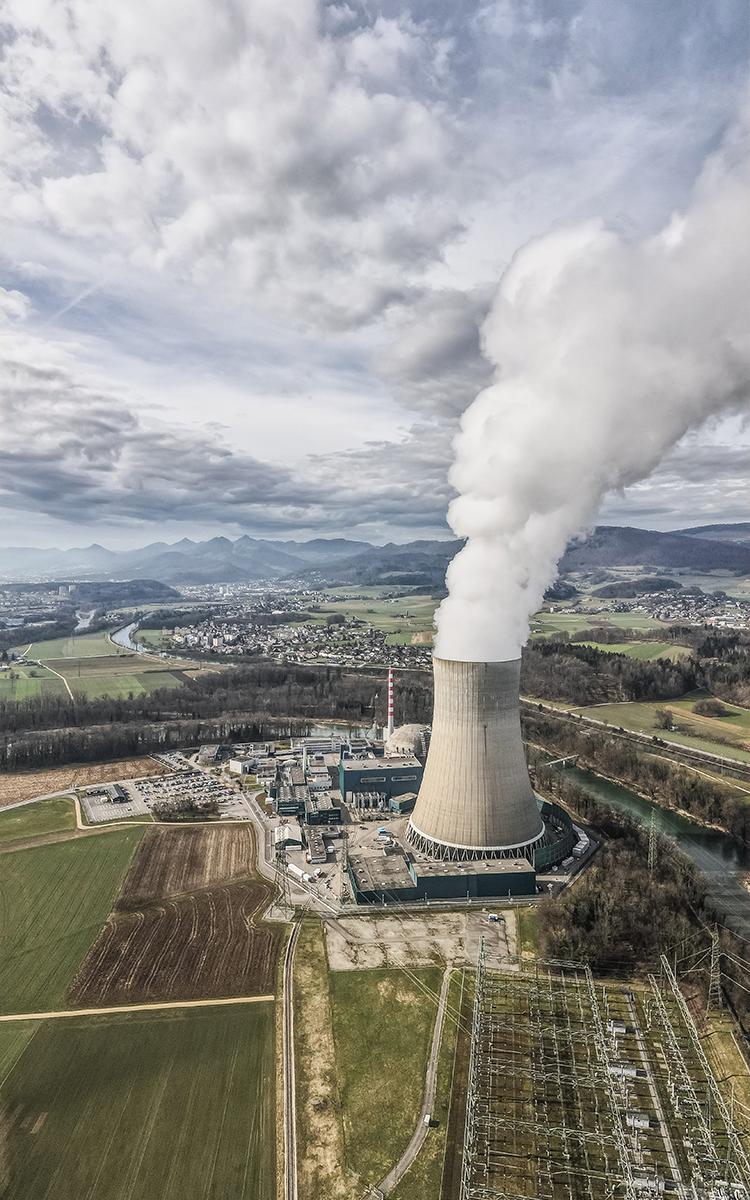Q4 2021 Economic Commentary
Build a better world
With climate change in the news, we thought it would be useful to see how the move to decarbonise the economy can feed through to investment decisions and to opportunities within infrastructure.
The UN Climate Change Conference (COP26) is to be hosted by the UK in November. It is the follow up to the Paris Agreement (2016) bringing together 195 world leaders with the key goal of securing global net zero emissions by 2050. Net zero refers to the balance between the amount of greenhouse gas (GHG) produced and the amount removed from the atmosphere. Net zero is reached when the amount added is no more than the amount taken away.
The conference has been forewarned by a report from the Intergovernmental Panel on Climate Change (IPCC), described as a ‘code red for humanity’ by UN Secretary General Antonio Guterres. The report, which represents a statement from 234 international scientists highlights that Earth is expected to hit the threshold of 1.5°C warming (from pre-industrial levels) due to climate change within the next 20 years, regardless of how deeply countries cut GHG emissions. In the worst of five scenarios detailing how future global emissions may play out, the world faces a catastrophic 4.4°C average temperature rise by 2100, the IPCC concluded. Under all five scenarios, global warming reaches or exceeds the 1.5°C goal of the 2015 Paris Agreement, in the next two decades.
Targets that were announced in Paris would result in warming above 3°C by 2100 and if temperatures continue to rise, it will bring with it extreme weather conditions, like we have witnessed around the world recently. This year’s floods in China and Germany, the wildfires in Greece and the summers blistering heat wave in North America arrived too late to be included in the analysis.
Chris Davis, Chief Investment Officer





